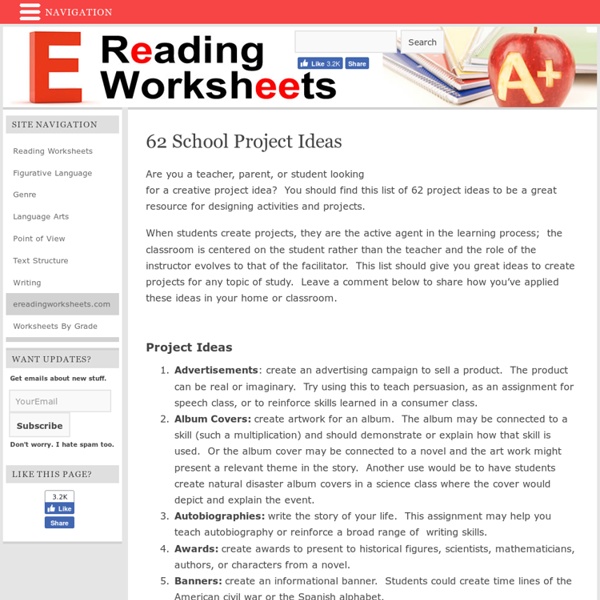Charles Dickens & A Christmas Carol
Av en tillfällighet upptäckte jag att Dickens julberättelse A Christmas Carol finns tillgänglig digitalt i olika svårighetsnivåer, se länkar nedan. Som lärare brottas man ju ständigt med att plocka fram utmaningar till alla elever och med detta digitala material ges eleverna möjlighet att välja nivå och de kan också växla mellan olika nivåer. Oavsett så behandlas ju samma berättelse och läraren kan leda diskussioner där innehållet tolkas samt kopplas till Dickens liv och den tid berättelsen tillkom och utspelas i. Som start för hela arbetet genomförs en så kallad "blind Kahoot", det vill säga man gör en genomgång av ett nytt arbetsområde med hjälp av flervalsfrågor i Kahoot. Läraren kan känna av vilka förkunskaper eleverna har och eleverna känner ingen press för de har ju inte arbetat med innehållet än. När jag planerade detta arbetsområde utgick jag till stor del från lärarmaterialet från BBC School Radio; Charles Dickens A Christmas Carol.
British Life and Culture in the UK - Woodlands Junior School
Why the 21st Century Classroom May Remind You of Starbucks
It’s been my dream to make my 2nd grade classroom look more like a “Starbucks for kids”, and less like, well, a classroom. Think about when you go to Starbucks to complete some work. Why do you choose to work there? As I sat in our local Starbucks this past summer, I looked around and thought—why can’t my classroom look like this? After several weeks of planning and a little bit of faith, what resulted was this: But how did I get to this point? What did your process look like? Before I even purchased a single thing, I thought about why I was doing a classroom redesign. After consulting Erin Klein, a classroom design guru who has been “ditching her desks” to avoid “the cemetery effect” for a few years now and sharing her experiments on her blog, I thought about my classroom and the traditional chairs and tables I was given—and I came up with a plan. Now, I have a large, open area for whole group instruction and five remaining tables, each designed with a specific purpose:
Twenty Ideas for Engaging Projects
The start of the school year offers an ideal time to introduce students to project-based learning. By starting with engaging projects, you'll grab their interest while establishing a solid foundation of important skills, such as knowing how to conduct research, engage experts, and collaborate with peers. In honor of Edutopia's 20th anniversary, here are 20 project ideas to get learning off to a good start. 1. Flat Stanley Refresh: Flat Stanley literacy projects are perennial favorites for inspiring students to communicate and connect, often across great distances. Now Flat Stanley has his own apps for iPhone and iPad, along with new online resources. 2. 3. 4. 5. 6. 7. 8. 9. 10. 11. 12. 13. 14. 15. 16. 17. 18. 19. 20. Please tell us about the projects you are planning for this school year.
72 Creative Ways for Students to Show What They Know
As we all know, students already get plenty of tests, so why not let your students show what they learned creatively? Whether your students are reading independent books or your class has just finished a unit on space or pioneers, a culminating project can really cement that learning. Here are 72 fun and creative ways for your students to show what they know:Create a posterMake a PowerPoint PresentationDesign a modelMake a shoebox dioramaUse a three-panal display board Make a timelineCreate a board game incorporating key elements. Have you done one of these with your students? How did it go?
Number the stars
Number the Stars Chapter One: Why Are You running? Questions Why are Annemarie, Ellen and Kirsti stopped by the soldiers? Chapter Two: Who is the Man That Rides Past? What happened to Annemarie's sister, Lise? Chapter Three: Where is Mrs. 1. 2. 3. 4. 5. 6. "All of Denmark must be bodyguards for the Jews..." Chapter Four: It Will Be a long Night 1. 2. 3. 4. 5. 6. 7. Chapter Five: Who is the Dark-Haired One? 1. 2. 3. 4. 5. Chapter Six: Is the Weather Good for Fishing? 1. 2. 3. 4. 5. 6. 7. Chapter Seven: The House By the Sea 1. 2. 3. 4. 5. 6. Chapter Eight: There has Been a Death 1. 2. 3. 4. 5. 6. 7.
Desert Island year 8
Technology Programs – Upham Woods Outdoor Learning Center
Program Overview and Goals The Digital Observation Technology Skills (DOTS) program is an outdoor environmental education lesson that uses modern mobile technology tools to connect today’s students to the outdoors in new and innovative ways. This inquiry-based lesson navigates the basics of the scientific method and focuses on the importance of good scientific communication and sharing discoveries with others. Students work in groups to test simple hypotheses from the environmental and ecological differences across the local landscape using data and observations collected in the field. Participants use the technology tools found in the DOTS kits to make observations, take measurements, explore the micro and macro details of their environment, and learn how to embrace their inner scientists. They collect digital artifacts to test their hypothesis including both quantitative and qualitative data. Budding meterologists collect weather data using DOTS tools The DOTS Kits Design Considerations



